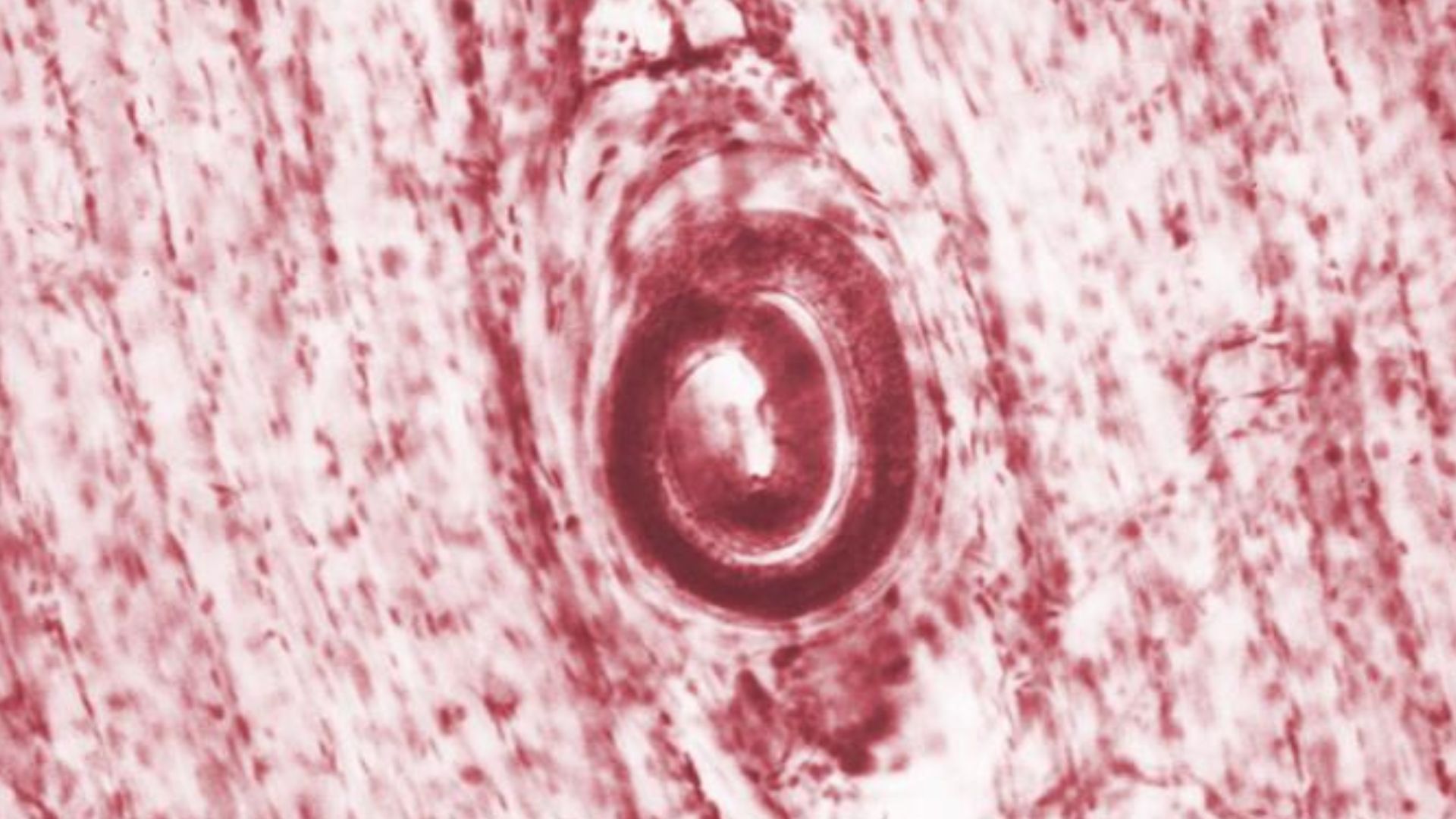Applied Sciences, Vol. 14, Pages 3508: The Quality of Goose Breast Muscle Products Depending on the Cooking Method Used
Applied Sciences doi: 10.3390/app14083508
Authors: Adam Więk Wacław Mozolewski Sylwester Rybaczek Monika Modzelewska-Kapituła
This study was conducted to compare the quality characteristics of White Kołuda goose breast muscle products, heated using the sous vide (SV) and the convection–steam oven (OV) methods. The qualitative analysis included instrumental evaluation of texture and colour parameters and the content of histidine dipeptide anserine. The research material consisted of breast muscles without skin, heated using the sous vide (SV) method at 65 °C for 4 h and 10 h and in a convection–steam oven (OV) in a steam environment at 80 °C and 90 °C (to obtain the final temperature of 65 °C in the geometric centre of meat pieces). Extending the heating time using the SV method and increasing the temperature in OV resulted in increased hardness, cohesiveness and chewiness. The use of heat treatment resulted in a significant reduction in the initial anserine content. A greater anserine reduction was found in SV samples compared to OV. The SV processing time did not significantly differentiate the dipeptide content, nor did the temperature used in OV processing. Pectoral muscles heated using the sous vide method were characterised by higher values of the parameters L* and b* and the hue angle (h) compared to OV processing, in which the value of the a* parameter was higher. The low-temperature processing methods (SV 65 °C/4 h and OV 80 °C) of goose breast meat allowed for obtaining products with similar textural characteristics: hardness, adhesiveness, elasticity and chewiness.

 1 month ago
13
1 month ago
13


